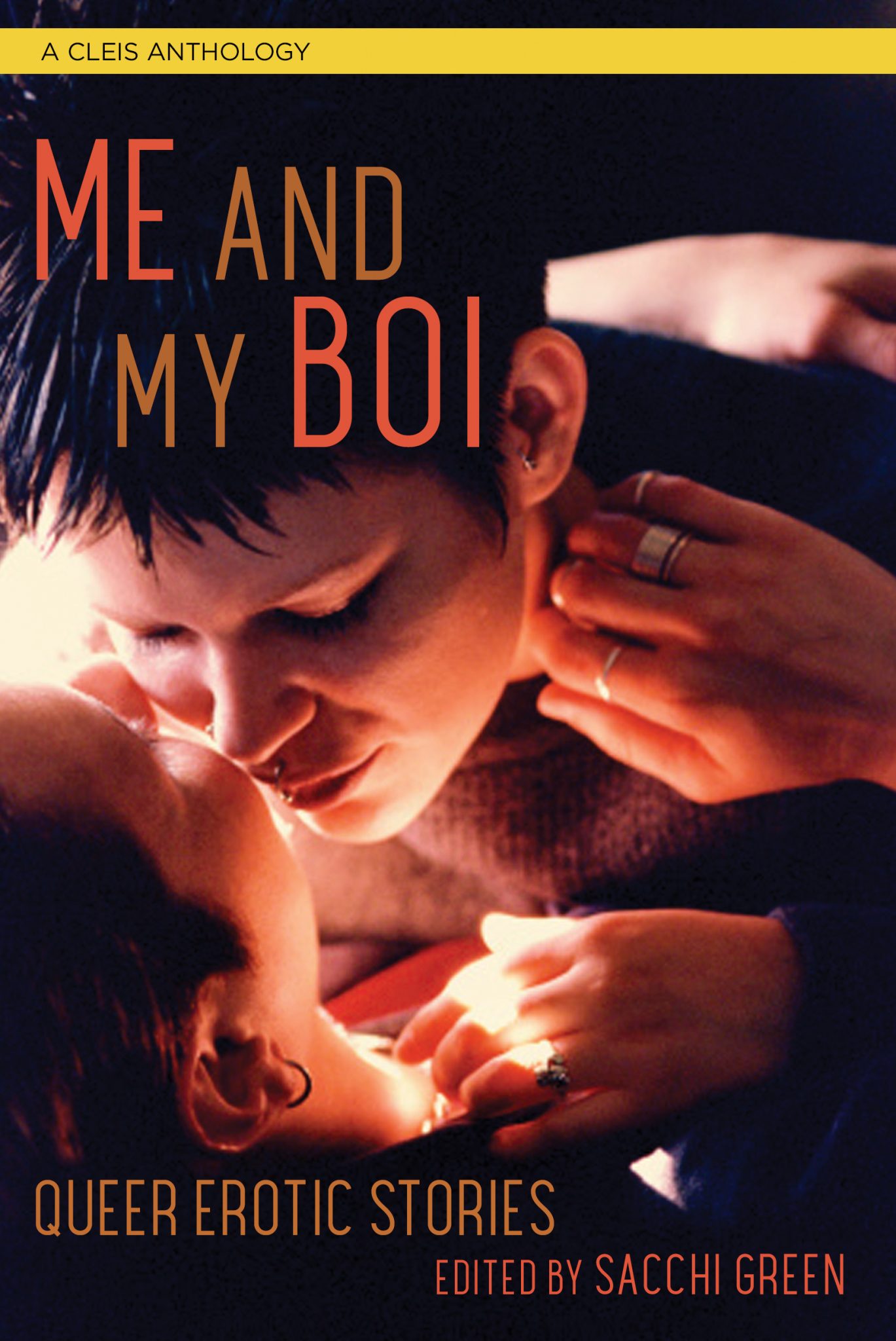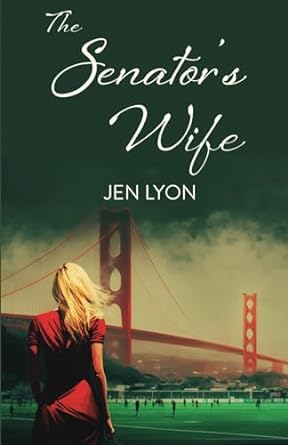Gail Scott’s 1993 book Main Brides is less a novel than a series of snapshots, taken with the camera of the protagonist Lydia’s eyes. She sits in a café-bar on St. Laurent in Montreal—also known as the Main, which the title refers to—observing the women who come and go. These “women travellers, like sleepwalkers, move unerringly” and are “always packing up, and going here and there”; they are contemporary women in all their diversity, who “exert[…] great control on their existence.” Lydia imagines these women’s life stories and histories while watching them, gathering what she can from their appearances and interactions. She in fact creates their realities, wishing for a “history where anyone can enter”; the narrative actually often moves away from Lydia entirely and enters the reality of the watched women. One of these women is a lesbian who has recently returned home from a vacation to Cuba with her sister, where they unsuccessfully attempted to move past—or perhaps run from and forget—the sexual assault her sister recently faced in their shared apartment. Lydia also watches a lesbian couple, one a cowgirl from Alberta and the other a Montrealer, who is attracted to the cowgirl’s difference yet embarrassed to introduce her to her snobbish Francophone lesbian-feminist friends. The Montrealer is especially embarrassed because, despite her efforts to assimilate into her intellectual lesbian-feminist circle, her cowgirl girlfriend can hear a twist of Albertan in her voice: a reminder that the Montrealer’s mother is actually from Edmonton. Lydia herself also reads as queer: describing Z., a performance artist from Ottawa, her infatuation with this theatrical, “emaciated drag queen” of a woman is clear.
After we hear these fascinating, surreal stories—fragments, really, of these women’s lives—the narrative constantly returns to Lydia, who sits waiting in the bar, drinking coffee and then, as the day progresses, wine. What exactly she is waiting for is uncertain. Is there something in these women’s lives that she needs to discover before she can go home? We also begin to feel uncertain about the veracity of Lydia’s stories: are they accurate? Do we believe her histories of these women’s lives to be true, or not? Is this woman’s life really how Lydia describes, or is Lydia just imagining it that way? Does she have any reason to imagine their lives as one way or another? Scott in fact leaves these questions unanswered; or, perhaps, they are not useful as questions. If we are working with a sense that “anyone can enter,” and therefore change, history, then we have to let go of the safety of fixed identities and histories. Lydia enters, explores, and creates the stories of the women she encounters, presenting the readers with a “smooth and gently moving” history, one that is nuanced, broad, and accessible, rather than mean and categorical. It is this kind of attitude towards history and storytelling that is open to those identities and histories that have been often neglected—like those of lesbian and queer women, but also women more broadly. Lydia’s imagined realities for these women are no less real than their own imagined realities, or her perception of her own life. If you are in a kind of melancholy or meditative mood, and feel like exploding open your own sense of self, I’d recommend sitting down in a bar or café—preferably a dark and dingy place like the one Lydia has chosen—with a glass of wine or a mug of coffee and immersing yourself in the lives of the brides—queer and non-queer alike—of the Main.



